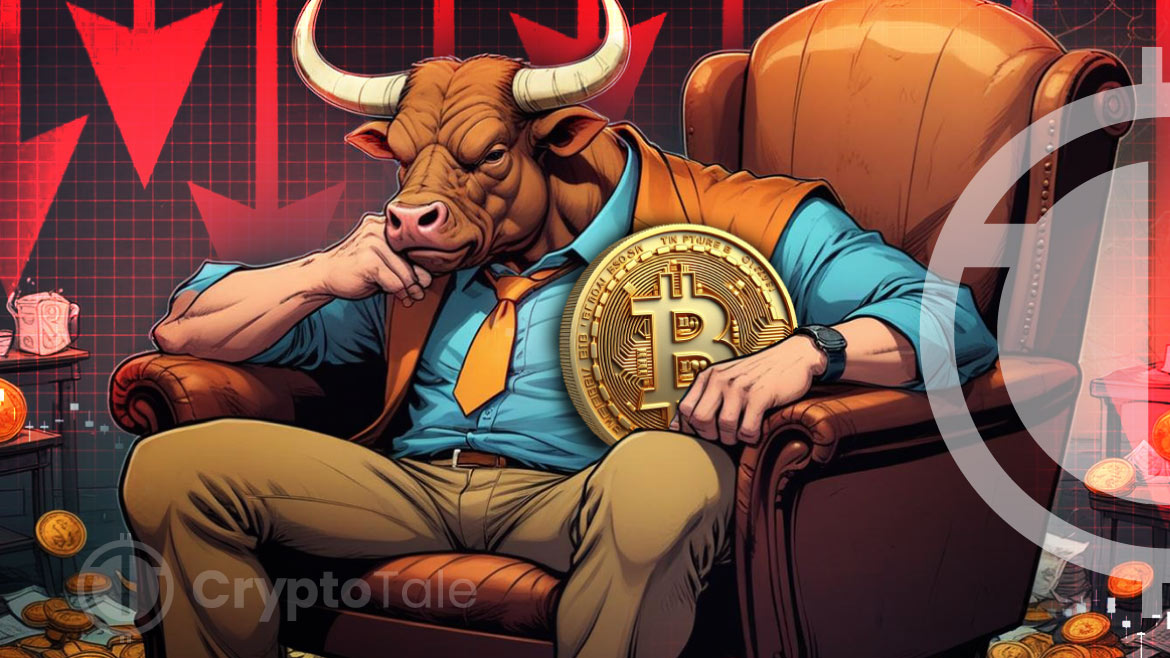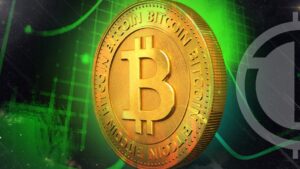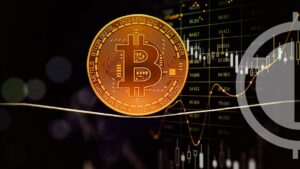
The 2024 Bitcoin halving was highly anticipated, with many expecting it to trigger another explosive bull run in the cryptocurrency market. However, as the months unfolded, it became clear that this time was different. Instead of the usual surge in Bitcoin’s value, the market faced unexpected challenges that dampened investor enthusiasm. From the launch of Spot Ethereum ETFs to the massive sell-off by the German government and unforeseen global economic shocks, a series of events conspired to prevent the expected post-halving rally. This article will give you a closer look at what happened and why the bull run never came.
Reasons Why There Was No Bull Run After the 2024 Bitcoin Halving
Launch of Spot Ethereum ETF
Talks about spot Ethereum ETFs had been going on for years, but they saw their chance only after the approval of the Spot Bitcoin ETF in early 2024. It was only on May 23, 2024, that the SEC approved eight spot Ethereum ETFs. Even after the approval, the Ether ETFs were only launched on July 23.
With the introduction of Spot Ether ETFs, investors might divert more attention to Ethereum. The launch of Ether ETH could make Ethereum accessible to traditional investors, driving away funds from Bitcoin to Ethereum. In addition, Bitcoin has long dominated the market, but the approval of ETH ETF could weaken its influence.
Bitcoin Demand Turns Negative; Drops from $70K to $49KGerman Government Bitcoin Selloff
In January, the German government seized nearly 50,000 BTC from the defunct illegal streaming platform Movie2k.to. One of the two operators behind the platform, who had been in custody since 2019, agreed to cooperate with the authorities by transferring control of the crypto wallet. These wallets were mostly funded through the illegal gains made from the platform.
They started selling the seized Bitcoins, worth billions of dollars, on June 19, but the government did not start selling coins en masse until July. By July 8, the German government had only 23,788 BTC left, selling nearly half of the Bitcoins in custody. By July 12, the government had sold about 88.4% of the Bitcoins, with only 5,888 BTC left, which were sold off on the very same day.
Mt.Gox Repayment
Mt.Gox, which was once one of the world’s largest Bitcoin exchanges, became defunct after declaring bankruptcy in 2014, leaving thousands of creditors in limbo. It was only after a decade long wait that in July 5 2024 Mt.Gox announced that all the steps necessary to begin repaying the creditors were completed.
The repayment started with a major transaction, where over 47,000 BTC were moved from a cold wallet to an unknown address. This was followed by a second transfer of 140,000 BTC to two unknown addresses. By July 23, Mt.Gox’s wallet had only 90,300 BTC, and the next day, another 37,477 BTC were transferred, leaving only 60% of the remaining debt. After a few weeks of inaction, Mt.Gox, on 21 August, transferred an additional 13,000 BTC worth over $700m to an unknown address, reducing their holdings to 34,164 BTC.
Black Monday
On August 5, 2024, the financial world fell across all boards, with major markets like Nasdaq, S&P 500, and DOW Jones Industrial Average seeing a decline of 3.4%, 3%, and 2.6%, respectively. This crash also included the cryptocurrency market, which saw a massive drop of 15.88% in just one day. Major coins like Bitcoin and Ethereum saw a drop of more than 15% and 21%, while other altcoins dropped between 15% and 25%.
Furthermore, the U.S. market wasn’t the only one to suffer. Financial markets around the world, like FTSE100 and NIFTY50, also saw declines of 2-3%. The worst one to suffer was Japan’s Nikkei225, which plunged nearly 14%.
The main reasons behind the crash of Bitcoin, crypto, and financial markets was,
- Recession Fears: According to data released on August 2, the unemployment rate jumped from 4.1 in June to 4.3 in July, a new three-year high. This rate, when compared with the 3.4% in April of last year, reflects a very clear contrast. Additionally, economists increased the recession probability from 15% to 25%. The rising unemployment rate and the possibility of a recession caused fear, uncertainty, and doubt (FUD) among investors. This causes them to retract their investments in volatile assets like cryptocurrencies and opt for safer investments like gold or government bonds.
- Crash of Japan’s Nikkei 225: On July 31, the Central Bank of Japan increased its interest rate by 0.25, the second time the bank had done so in a year. Although the increase was good for the economy, it had a negative impact on Japan.
Because of the low interest rate on borrowing Japanese Yen, traders borrowed money to buy various financial products like cryptocurrency, tech stocks, and more. However, with the increase in interest rates, the carry trade became less lucrative, forcing investors to sell their assets and plunge the prices of stocks and cryptos. This, along with the global financial turmoil on August 5, led to the crash of the Nikkei 225.
- Geopolitical Issues: The tensions in the Middle East have escalated with the assassination of Ismail Haniyeh, chairman of the Hamas Political Bureau, in Tehran on July 31. Iran and its allies have pointed fingers at Israel behind the assassination. The possibility of a conflict further increased when Hezbollah’s military chief, Fuad Shukr, was killed in Beirut in an airstrike by Israel, leading to a promise of vengeance from Iran and their allies. Several governments have issued warnings to their citizens to leave Lebanon and Iran.
The potential for a regional war and its implications for the world caused massive sell-offs of cryptocurrencies. In these scenarios, investors often look for stability because regional instability leads to increased volatility in both crypto and traditional markets.
Bitcoin Soars as BNB, DOGE Trade in Green; MCAP Hits $2.26TConclusion
Several significant factors contributed to the absence of a Bitcoin bull run following the 2024 halving. The launch of Spot Ethereum ETFs shifted investor focus towards Ethereum, while the German government’s massive Bitcoin selloff and the long-awaited Mt.Gox repayment flooded the market with BTC. Additionally, the global financial turmoil, highlighted by “Black Monday,” recession fears, Japan’s Nikkei 225 crash, and rising geopolitical tensions further fueled market uncertainty. These combined elements created a challenging environment for Bitcoin, preventing the expected post-halving surge and leading to a more subdued market response.














